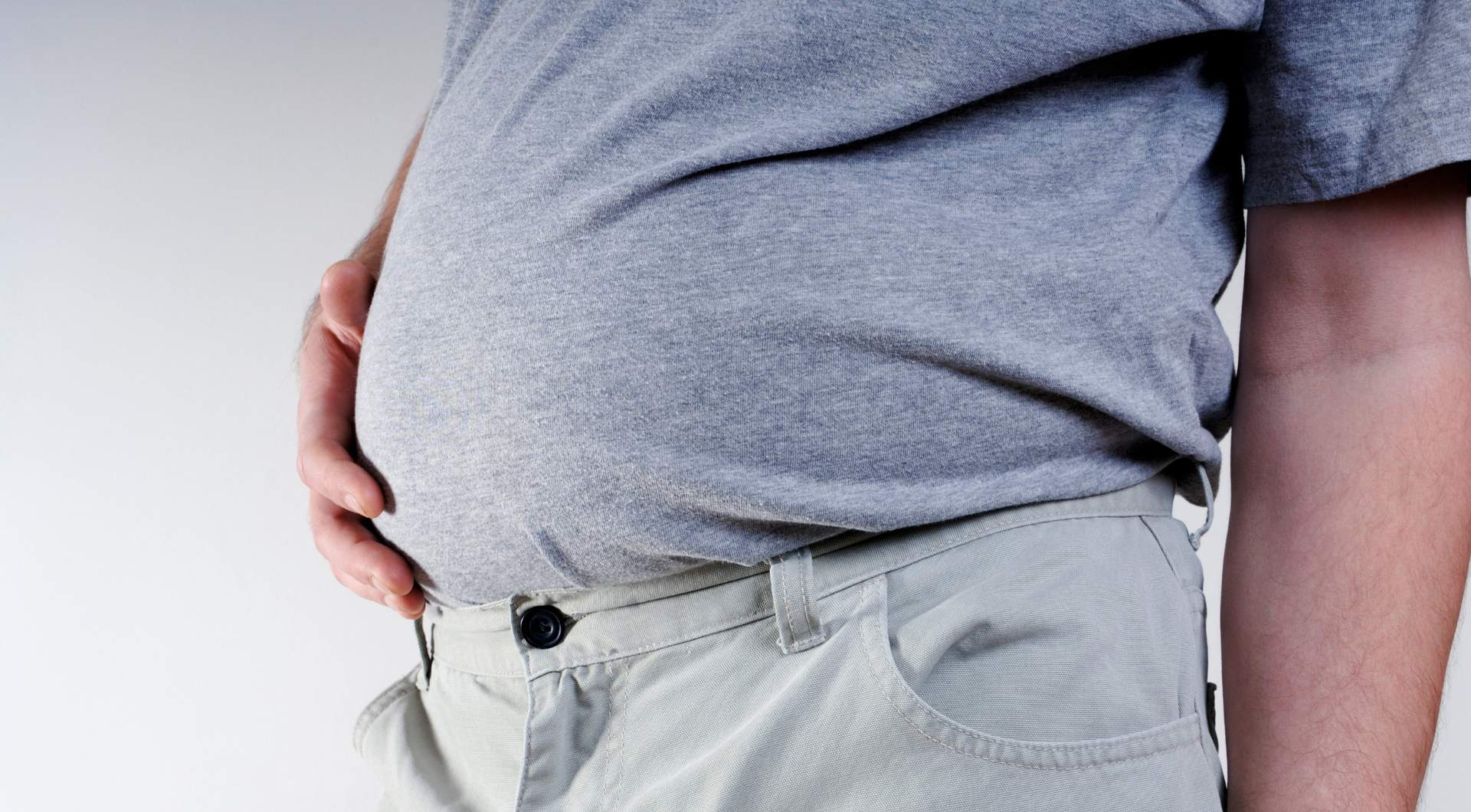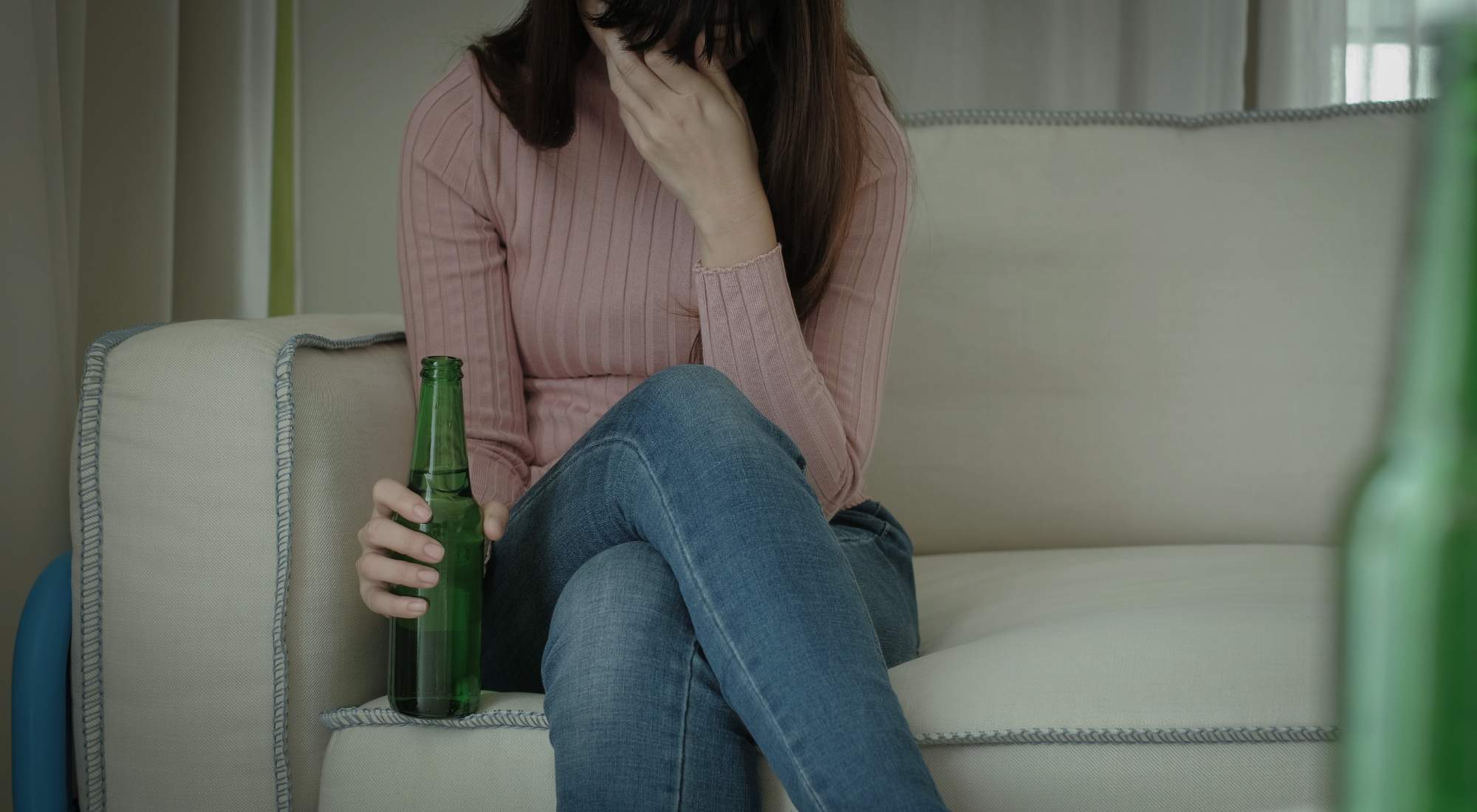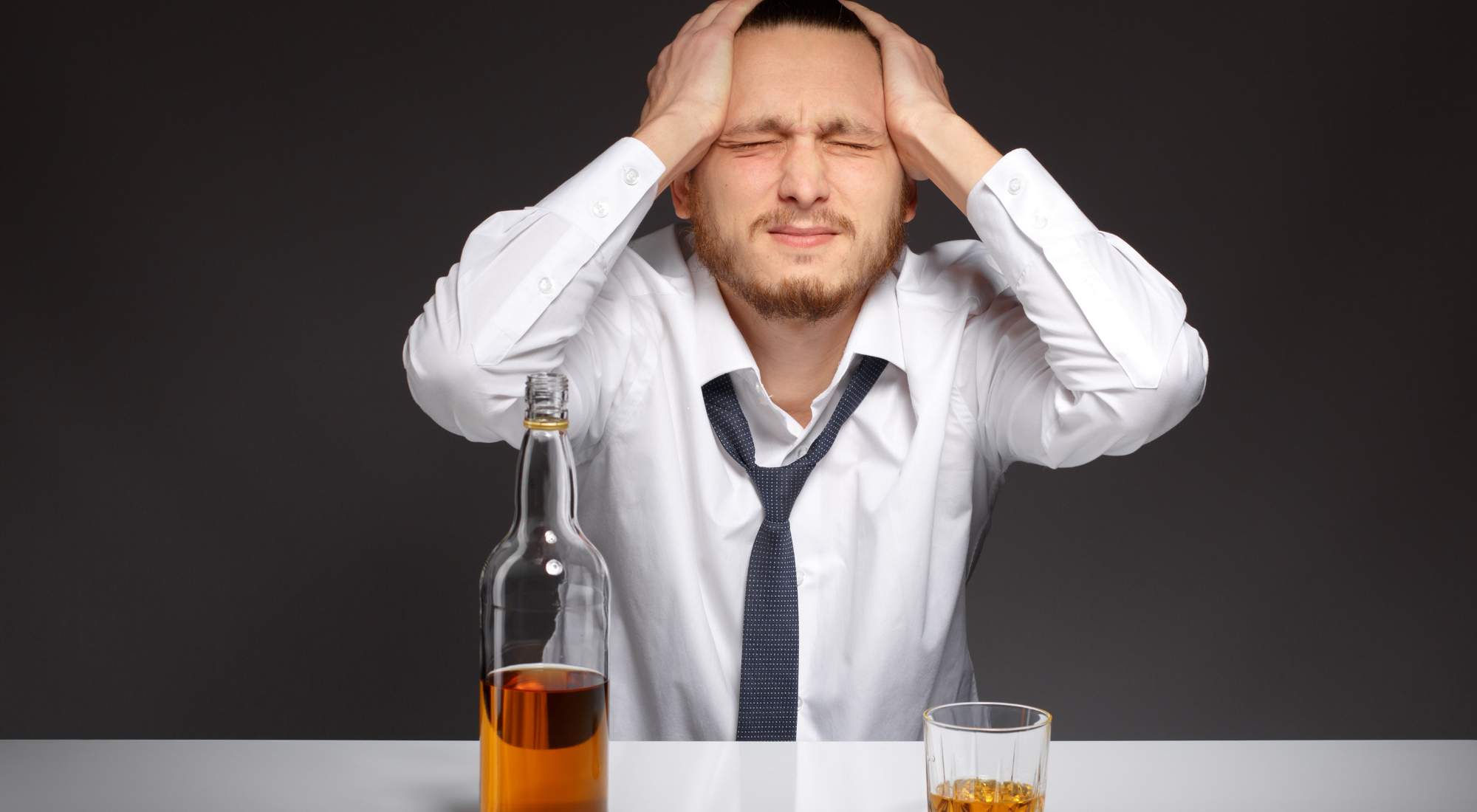What Can Help With Alcohol Cravings?
July 18, 2024
Discover effective strategies to overcome alcohol cravings. From behavioral treatments to medication options, find what works for you.

Managing Alcohol Cravings
For individuals struggling with alcoholism, managing alcohol cravings is a crucial aspect of recovery. Understanding the nature of alcohol cravings and their impact is key to developing effective strategies for curbing them.
Understanding Alcohol Cravings
Alcohol cravings are intense desires or urges to consume alcohol, often experienced by individuals with alcohol use disorder. These cravings can be triggered by various factors, including environmental cues, stress, social situations, or emotional states. The brain's reward system plays a significant role in these cravings, as alcohol stimulates the release of dopamine, a neurotransmitter associated with pleasure and reward.
Cravings can be persistent and challenging to overcome, making it important to develop coping mechanisms and strategies to manage them effectively. By understanding the underlying mechanisms of cravings, individuals can better navigate their recovery journey.
Impact of Alcohol Cravings
Alcohol cravings can have a significant impact on an individual's ability to maintain sobriety and recovery. Cravings can lead to relapse if not managed properly. It's essential to recognize that cravings are a normal part of the recovery process and can be effectively addressed.
Cravings can cause emotional distress, anxiety, and frustration, making it crucial to develop strategies to cope with them. By implementing various interventions and support systems, individuals can minimize the impact of cravings and maintain their commitment to sobriety.
To effectively curb alcohol cravings, it's important to explore different strategies and treatments. These may include exercise and yoga, medications, nutritional therapy, behavioral treatments, and support systems. It's important to find a combination of approaches that work best for each individual.
By addressing alcohol cravings and implementing appropriate strategies, individuals can take significant steps towards overcoming alcoholism and achieving long-term recovery. For more information on strategies to curb cravings and support systems available, continue reading our article.
Strategies to Curb Cravings
When it comes to managing alcohol cravings, there are various strategies that can be effective in curbing the urge to drink. These strategies not only help individuals resist the temptation but also contribute to overall recovery and well-being. Some key strategies include exercise and yoga benefits, medications for alcohol cravings, and nutritional therapy for cravings.
Exercise and Yoga Benefits
Both aerobic exercise and yoga have been found to reduce the desire to consume alcohol. In a study, participants exhibited reduced cravings for alcohol, lower stress levels, and improved mood after just one session of aerobic exercise. The study also showed that aerobic exercise and yoga were equally effective in reducing alcohol consumption compared to usual care. Participants showed a statistically significant and clinically meaningful reduction in alcohol consumption, with the largest absolute reduction seen among yoga participants [1].
Exercise positively impacts the brain's reward system, potentially reducing cravings for alcohol. It improves self-esteem, control over drinking, and has anxiolytic effects, indirectly affecting alcohol consumption by reducing cravings and improving cognition. Incorporating exercise into a daily routine, especially during high-craving times in the afternoon or evening, can positively impact the brain's response to exercise rewards, leading to decreased cravings.
Medications for Alcohol Cravings
In some cases, medications can be prescribed to help manage alcohol cravings. These medications work by reducing the desire to drink or by blocking the pleasurable effects of alcohol. Some commonly prescribed medications for alcohol cravings include:

It is important to note that medication should always be prescribed and monitored by a healthcare professional specializing in addiction medicine.
Nutritional Therapy for Cravings
Correcting nutritional deficiencies is an essential component of alcohol treatment. People with alcohol addiction often have deficiencies in certain nutrients, such as zinc, several B vitamins, and protein. Zinc deficiency, in particular, is common due to inadequate consumption and decreased absorption caused by alcohol.
Nutritional therapy focuses on addressing these deficiencies through a balanced diet and, if necessary, supplements. Incorporating nutrient-rich foods such as fruits, vegetables, whole grains, lean proteins, and healthy fats can help support recovery and reduce cravings. Working with a registered dietitian or nutritionist can be beneficial in developing a personalized nutritional plan that meets individual needs.
By incorporating strategies such as exercise and yoga, medications for alcohol cravings, and nutritional therapy, individuals can effectively curb alcohol cravings and support their journey towards recovery. It is important to consult with healthcare professionals and addiction specialists to determine the most appropriate strategies for each individual's unique needs.

Behavioral Treatments
When it comes to addressing alcohol cravings, behavioral treatments are an important aspect of recovery. These treatments focus on changing drinking behavior through counseling and have shown to be beneficial, as supported by studies conducted by the National Institute on Alcohol Abuse and Alcoholism. Here are three common behavioral treatment approaches used to help individuals with alcohol cravings:
Changing Drinking Behavior
Changing drinking behavior is a fundamental component of alcohol addiction treatment. This approach involves working with a healthcare provider to identify and modify behaviors that contribute to alcohol problems. By understanding triggers, exploring coping mechanisms, and developing healthier habits, individuals can learn to manage their cravings and alcohol consumption effectively.
Cognitive-Behavioral Therapy
Cognitive-behavioral therapy (CBT) is a widely used treatment approach for various mental health conditions, including alcohol use disorders. This therapy focuses on identifying and modifying negative thought patterns and behaviors associated with alcohol cravings. Through CBT, individuals can develop healthier coping strategies, enhance problem-solving skills, and address underlying psychological issues that contribute to their alcohol cravings.
Motivational Enhancement
Motivational enhancement therapy aims to enhance an individual's motivation and commitment to change their drinking behavior. This therapy approach involves collaborative discussions between the individual and their therapist, focusing on exploring and resolving their ambivalence towards alcohol use. By identifying personal goals, values, and motivations, individuals can strengthen their commitment to reducing or abstaining from alcohol, ultimately helping to manage their cravings.
Behavioral treatment approaches can significantly contribute to the recovery process by providing individuals with the necessary tools and strategies to address their alcohol cravings. It's important to work with a qualified healthcare professional or addiction specialist who can tailor these treatments to suit individual needs and circumstances.
If you're looking for additional support, SAMHSA's National Helpline provides free, confidential information and treatment referral services for individuals seeking help with alcohol addiction. Additionally, mutual-support groups and peer support can offer a sense of community, understanding, and encouragement throughout the recovery journey.
Remember, seeking professional help and building a support system are vital steps towards effectively managing alcohol cravings and achieving long-term recovery.
Support Systems
When it comes to dealing with alcohol cravings and seeking help for alcoholism, having a strong support system in place is crucial. There are various support systems available that can provide assistance, guidance, and encouragement on the journey to recovery.
SAMHSA's National Helpline
SAMHSA's National Helpline (1-800-662-HELP) is a free, confidential, 24/7, 365-day-a-year treatment referral and information service for individuals and families facing mental and/or substance use disorders. The helpline provides referrals to local treatment facilities, support groups, and community-based organizations.
In 2020, the Helpline received 833,598 calls, indicating a 27 percent increase compared to the previous year. This rise in calls highlights the growing need for support and assistance in addressing alcoholism and other substance use disorders.
SAMHSA's National Helpline ensures that the service provided is confidential, and personal information is not requested. Callers may be asked for their zip code or other geographic information to identify local resources suitable for their needs. While the helpline does not provide counseling, it has trained information specialists who can connect callers with state services, intake centers, and local assistance and support. The referral service is free of charge, and individuals without insurance or those who are underinsured can be referred to state-funded treatment programs or facilities that offer services on a sliding fee scale or accept Medicare or Medicaid.
Mutual-Support Groups
Mutual-support groups, such as Alcoholics Anonymous (AA), play a vital role in providing peer support for individuals who are quitting or reducing their alcohol consumption. These groups offer a valuable added layer of support when combined with treatment led by healthcare providers.
In mutual-support groups, individuals with similar experiences come together to share their struggles, successes, and insights. This supportive environment fosters a sense of camaraderie and understanding, helping individuals feel less alone on their journey to recovery. Mutual-support groups provide a platform for individuals to connect, build relationships, and receive support from others who have faced similar challenges.
Peer support for recovery, such as that offered by mutual-support groups like Alcoholics Anonymous (AA), can be immensely beneficial in providing ongoing support, accountability, and inspiration. These groups often follow a 12-step program, which provides a framework for personal growth and recovery.
By utilizing support systems like SAMHSA's National Helpline and mutual-support groups, individuals struggling with alcohol cravings and alcoholism can find the assistance they need on their path to recovery. These support systems offer resources, guidance, and connection with others who have faced similar challenges, creating a network of support that can make a significant difference in overcoming alcohol cravings and achieving lasting sobriety.

Medications for Alcoholism
For individuals struggling with alcoholism, medications can play a crucial role in helping to manage alcohol cravings and support recovery efforts. Several medications have been approved for the treatment of alcoholism, including Naltrexone, Vivitrol, Acamprosate, Disulfiram, Topiramate, and Gabapentin.
Naltrexone and Vivitrol
Naltrexone and Vivitrol are medications that have been shown to reduce alcohol cravings and are approved for treating alcoholism in the United States and Europe. Naltrexone works as an opioid blocker, targeting the areas of the body where opioids, including alcohol, attach (opioid receptors). By blocking these receptors, naltrexone makes alcohol less enjoyable and decreases cravings for alcohol. In fact, a study reported that patients taking naltrexone had a lower relapse rate compared to those on a placebo [5]. Vivitrol is an extended-release formulation of naltrexone that is administered as a monthly injection.
Acamprosate and Disulfiram
Acamprosate is another medication approved for the treatment of alcoholism. It may help correct alcohol-induced changes in brain chemistry, reduce symptoms of alcohol withdrawal, and lower cravings for alcohol. Acamprosate is believed to work by interacting with certain neurotransmitters in the brain, helping to restore balance and reduce the desire to drink.
Disulfiram, on the other hand, takes a different approach to managing alcohol cravings. It prevents alcohol from being broken down by the liver, leading to an unpleasant reaction if alcohol is consumed. This discourages drinking and can be an effective deterrent for some individuals. Disulfiram is often taken under supervision and can reduce drinking, especially when combined with counseling and support [6].
Topiramate and Gabapentin
Topiramate and Gabapentin are medications that are primarily used to treat other conditions but have shown promise in reducing alcohol cravings in individuals with alcohol use disorder. These medications work by affecting certain neurotransmitters in the brain, helping to regulate brain activity and potentially reducing the desire to drink.
It's important to note that medications for alcoholism should always be prescribed and monitored by a healthcare professional. They are most effective when used as part of a comprehensive treatment plan that may include counseling, behavioral therapies, and support systems such as mutual-support groups. By combining medications with other treatment strategies, individuals can increase their chances of overcoming alcohol cravings and achieving long-term recovery.
Dealing with Triggers
Alcohol cravings can be triggered by various factors, such as people, places, things, and moods. Identifying these triggers is an essential step in managing alcohol cravings and maintaining sobriety. By recognizing and understanding the triggers, individuals can develop effective strategies to respond to them and overcome relapses.
To learn more about the signs of alcoholism and what can help with alcohol cravings, visit our articles on top ways to cure your addiction and alcoholism, signs of alcoholism you can’t.
Identifying Triggers
To effectively deal with alcohol cravings, it is crucial to identify the specific triggers that lead to these cravings. Triggers can vary from person to person, but some common examples include:
- People: Individuals you used to drink with or those who enable or encourage alcohol use.
- Places: Locations where you frequently consumed alcohol or environments associated with heavy drinking.
- Things: Specific items, such as bottles or glasses, that remind you of alcohol.
- Moods: Emotional states like anger, sadness, anxiety, boredom, or loneliness that can trigger cravings.
By recognizing the triggers that prompt alcohol cravings, you can develop effective coping mechanisms to manage these situations and minimize the risk of relapse.
Responding to Triggers
Once you have identified your triggers, it is important to have a plan in place to respond to them. Strategies for responding to alcohol triggers include:
- Calling a loved one or sponsor for support and accountability.
- Attending self-help meetings or support group sessions to connect with others who understand your struggles.
- Practicing relaxation techniques, such as deep breathing exercises or mindfulness, to manage stress and cravings.
- Focusing on the negative consequences of alcohol use to reinforce your commitment to sobriety.
- Engaging in positive distractions, such as engaging in hobbies or activities that bring joy and fulfillment.
By having a plan in place and utilizing effective strategies, you can navigate through triggers and cravings, ultimately reducing the risk of relapse.
Overcoming Relapses
Relapses can occur during the recovery journey, and it is important to remember that experiencing a relapse does not equate to failure. It is essential to approach relapses with compassion and a commitment to restart or enhance your treatment plan. Some strategies to overcome relapses include:
- Being kind to yourself and avoiding self-blame or judgment.
- Re-engaging with professional treatment programs or seeking additional support.
- Talking to sober supports, such as sponsors, counselors, or trusted friends and family members.
- Attending support group meetings to share experiences and gain guidance from others who have faced similar challenges.
- Exploring positive hobbies and activities that promote physical and emotional well-being.
- Considering medication options, such as naltrexone, acamprosate, or disulfiram, to manage cravings and triggers.
By implementing these strategies and seeking support, individuals can overcome relapses and continue their journey towards long-term sobriety.
Dealing with triggers, identifying them, responding effectively, and overcoming relapses are essential steps in managing alcohol cravings and maintaining recovery. By understanding your triggers and developing personalized strategies, you can strengthen your ability to resist cravings and work towards a healthier and alcohol-free life.
References
Learn About Clear Steps Recovery and How We Can Help You
Once you reach out to Clear Steps Recovery, your path becomes clear, and you can get the help and support you need to break the cycle of addiction. Our serene woodland environment promotes physical, mental, emotional, and spiritual healing.
Call today or contact us online to get started.
The Path Is Clear – Take Your First Steps Today with Clear Steps Recovery
With our team and your desire to heal, we can improve your quality of life and functional abilities, so you can get back to living your best life.
































.jpg)


















.jpg)
.jpg)















































